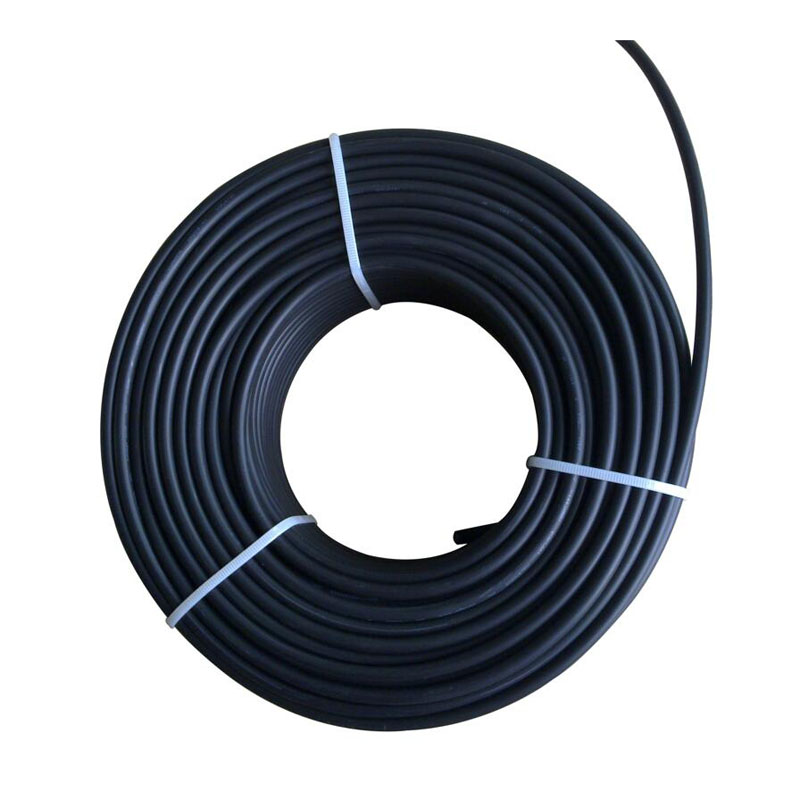The Impact of Moisture on Electric Wire Performance: Understanding the Risks and Consequences
2024-05-25
Electricity powers our modern world, running through an extensive network of wires and cables. These vital components need to perform efficiently and safely to ensure the reliability of our electrical systems. However, one critical factor that can significantly affect the performance and longevity of electric wires is moisture. Let's delve into how moisture impacts electric wires and the measures that can be taken to mitigate its effects.
The Impact of Moisture on Electric Wires
1. Corrosion
Moisture is a key contributor to the corrosion of metal conductors. Most electric wires are made of copper or aluminum, both of which can corrode when exposed to moisture over time. Corrosion weakens the metal, increasing its electrical resistance and reducing its ability to conduct electricity efficiently. This can lead to overheating, increased energy loss, and potentially even wire failure.
2. Insulation Degradation
Electric wires are usually coated with insulating materials such as PVC, rubber, or polyethylene to prevent electrical leakage and protect the wire from external damage. However, moisture can seep into the insulation, especially if it has any cracks or weaknesses. This can cause the insulation to deteriorate, lose its insulating properties, and eventually break down, leading to short circuits and electrical faults.
3. Electrical Short Circuits
When moisture penetrates the insulation of electric wires, it can create a conductive path between the conductor and other conductive materials, such as the metal casing of an electrical device. This can cause short circuits, which are not only dangerous but can also damage electrical devices and lead to power outages.
4. Increased Electrical Resistance
Moisture can cause oxidation on the surface of the wire, increasing its electrical resistance. Higher resistance means that the wire is less efficient at conducting electricity, which can lead to overheating and energy loss. Over time, this can degrade the performance of the entire electrical system.
5. Safety Hazards
The combination of moisture and electricity poses significant safety hazards. Electrical shocks, fires, and explosions are potential risks associated with wet or damp electric wires. Ensuring that wires are kept dry is crucial for maintaining a safe electrical system.
Mitigating the Effects of Moisture
1. Proper Insulation
Using high-quality, water-resistant insulation materials can help protect wires from moisture. Insulation should be regularly inspected for any signs of wear and tear and replaced if necessary. Specialized waterproof insulation is available for environments where wires are likely to be exposed to moisture.
2. Sealing and Protective Coatings
Applying protective coatings or sealants to electrical connections and wire joints can prevent moisture from penetrating. Heat shrink tubing, silicone sealants, and electrical tapes are commonly used to seal and protect exposed wire connections.
3. Environmental Controls
In environments where moisture is a constant threat, such as outdoor installations or areas with high humidity, it is important to control the environment as much as possible. This can include using dehumidifiers, ensuring proper drainage, and avoiding the placement of wires in areas prone to flooding or moisture accumulation.
4. Regular Maintenance
Routine maintenance and inspections are essential for identifying and addressing potential moisture-related issues before they become serious problems. Checking for signs of corrosion, damaged insulation, and moisture ingress can help maintain the performance and safety of electric wires.
5. Use of Conduit and Enclosures
Running wires through conduits and using protective enclosures can shield them from moisture exposure. Conduits made of materials like PVC or metal can provide an additional layer of protection against moisture, physical damage, and other environmental factors.
Conclusion
Moisture can significantly impact the performance and safety of electric wires, leading to corrosion, insulation degradation, short circuits, increased electrical resistance, and various safety hazards. By understanding these risks and implementing appropriate protective measures, we can ensure that our electrical systems remain efficient, reliable, and safe even in the presence of moisture. Regular maintenance, proper insulation, sealing, and environmental controls are key strategies in mitigating the adverse effects of moisture on electric wires.



